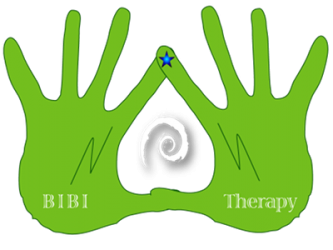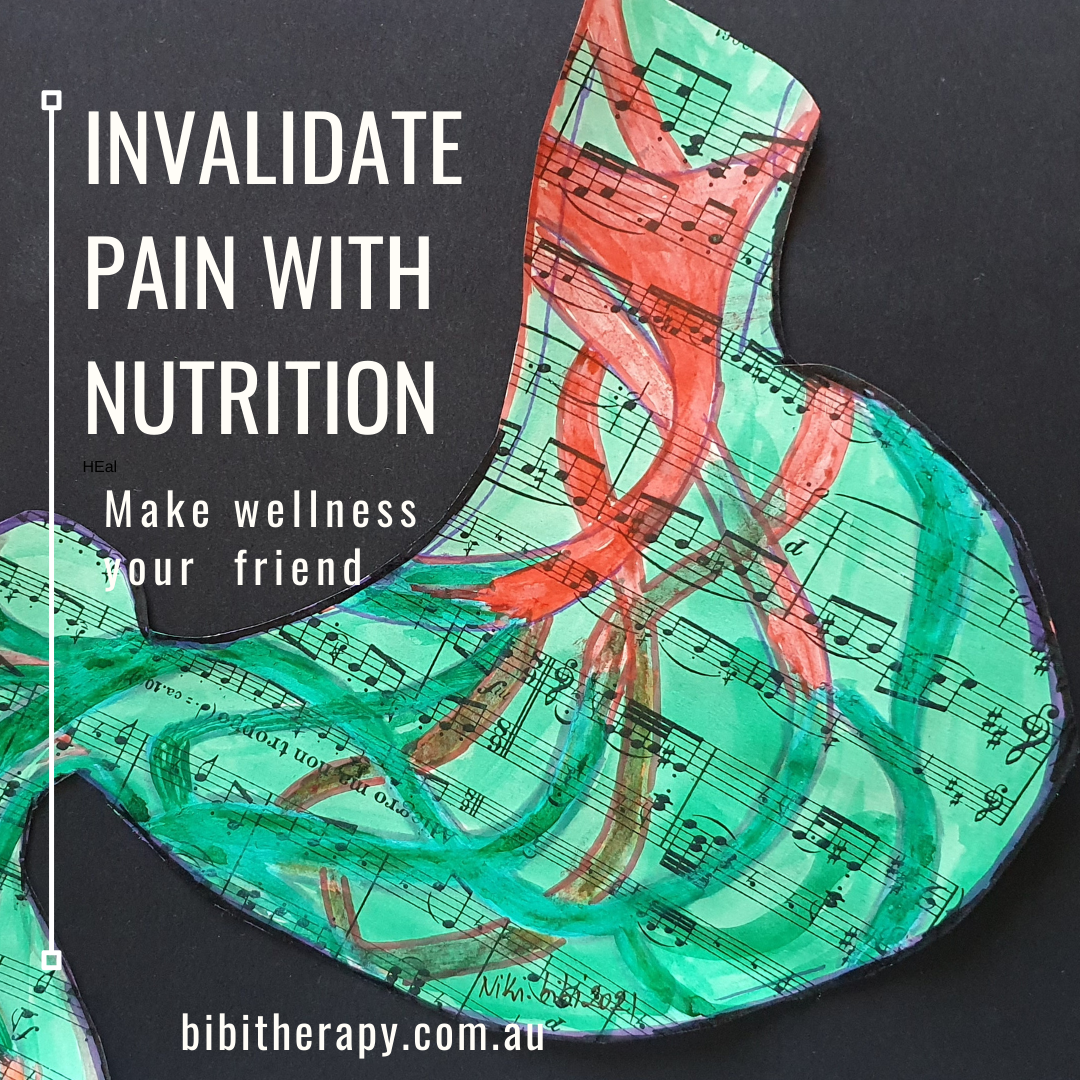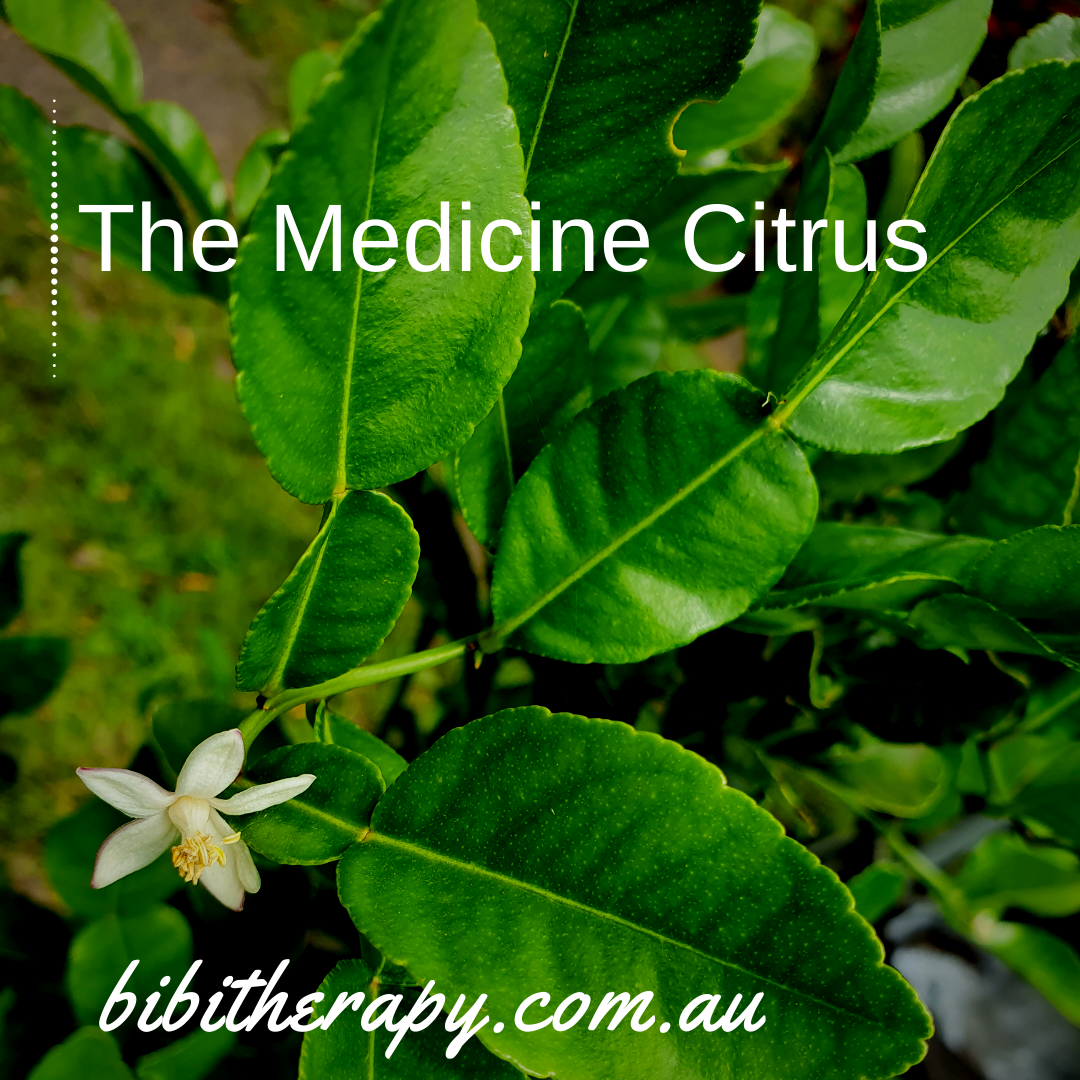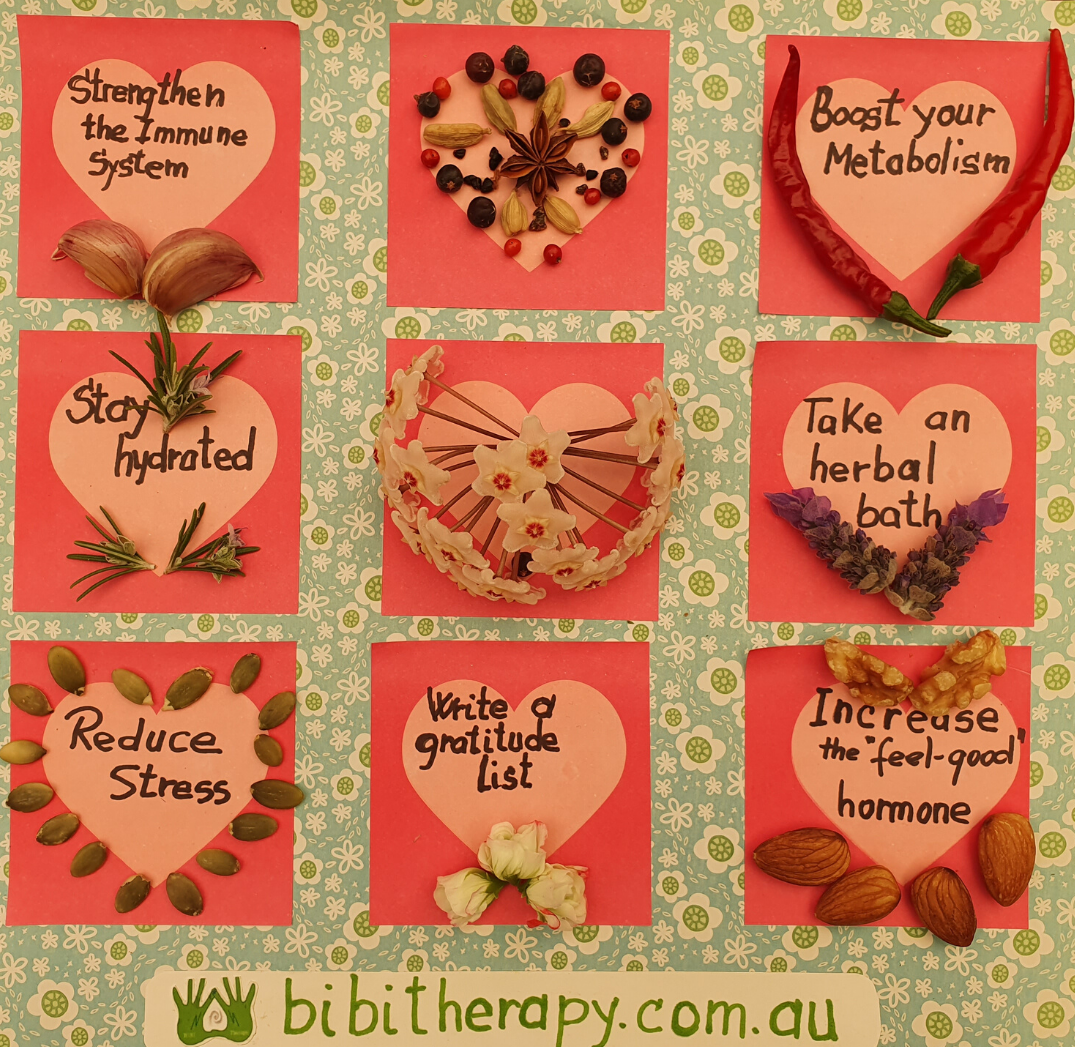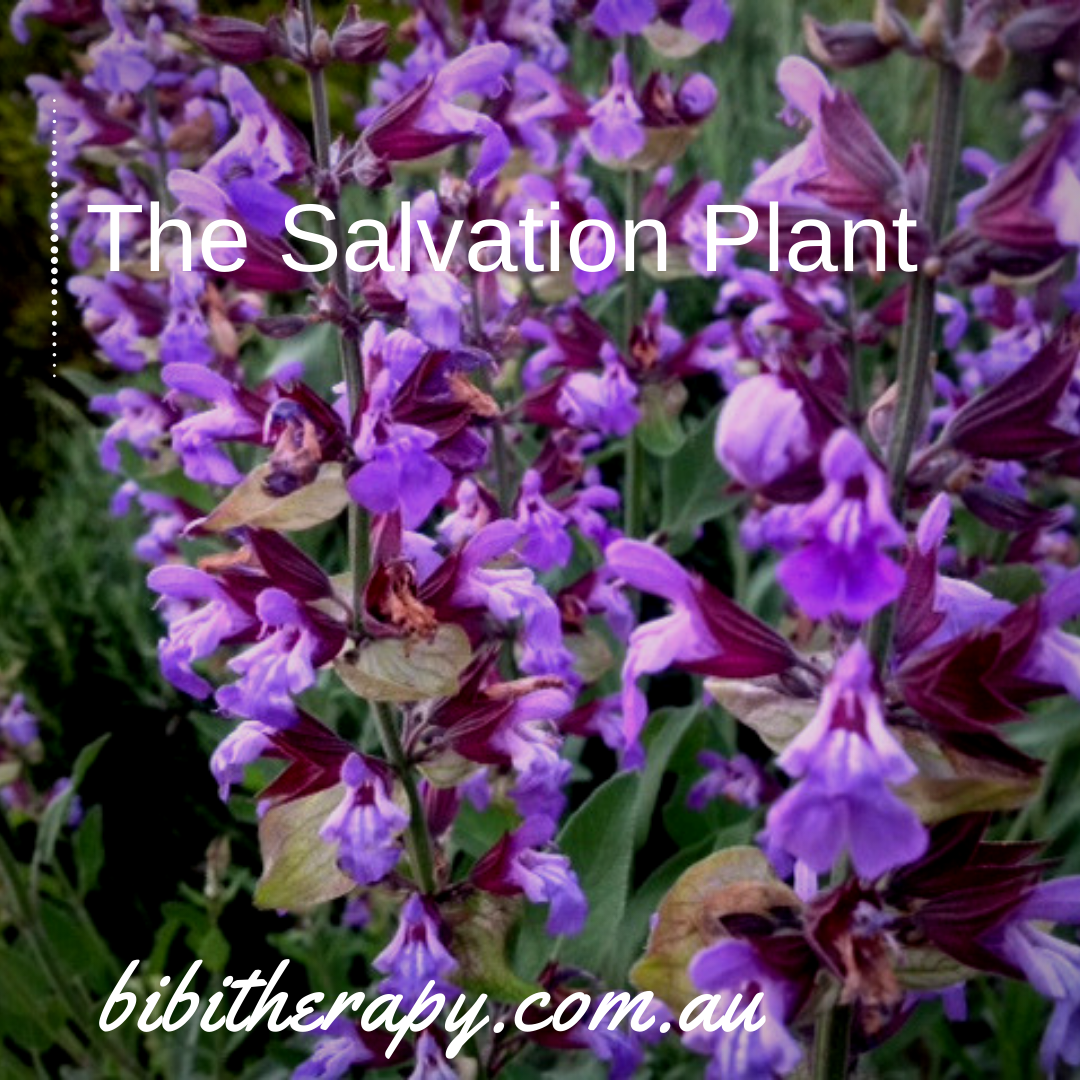Hidden Beauty and Health Benefits of the Red Gold
I love cooking with herbs and a few decades back I came across saffron, one that was so expensive that I only dared to use it sparingly. These days its use is so much different. I love to use it as an infusion, to change the colour of rice, or to give additional flavour and gorgeous colour to the pickled daikon radish. But as it turns out, this king of spices, saffron has many more important therapeutic properties that are not so well known in our western society including antinociceptive activities.
I will outline the ones that have been vindicated with clinical trials in various parts of the world. The list is rather impressive.
Saffron is the dried, dark red stigmata of Crocus sativus L. flowers. It has been used as a spice, food colorant, and a healing drug in folk medicine for centuries. Currently, saffron is one of the most expensive spices in the world. Depending on the quality (colour, length) of the stigmata it may cost between 500 to 5,000 US dollars for 450 grams of saffron. That is why it is also called the Red Gold in the countries that mostly produce it (Iran, India, Greece).
Properties: Aside from its culinary use, this spice with ancient origins is highly prized for its extensive repertoire of traditional medicinal uses. That is due to its more than 150 beneficial biologically active components known to date (Ortega et al, 2007). The most known and researched components are crocin, crocetin and safranal.
Here are some of the well documented human clinical trials known to use saffron with effective outcomes:
- Only 30 mg saffron per day is capable to ameliorate the effects of cognitive disorders such as Alzheimer and clinical dementia (Akhondzadeh et al, 2010); the duration of the treatment, rather long but worthwhile, is 22 weeks.
- Symptoms of premenstrual syndrome (pain, irritability, cravings) can be reduced over two menstrual cycles with merely 30 mg of saffron consumed daily (Agha-Hosseini et al 2008).
- It is sufficient to take 30 mg of saffron a day to reduce the effects of moderate depression with an equal efficacy comparable with current anti-depression medication (Akhondzadeh et al 2005).
- Skin Beauty: cosmetically driven research published to date is sparse; nonetheless there is sufficient evidence to suggest that saffron-based oil-aqueous emulsion has emollient properties and some claim to even have antiaging effects (Akhtar et al, 2014). And who wouldn’t want that?
- Sun Protection Formulation using saffron is a natural way to protect the skin against harmful ultraviolet rays. (Golmohammadzadeh et al 2010). The saffron-based solution in the cited research performed better than the control lotion.
- tumoricidal properties, aka properties that prevent cancer tumour development (Abdullaev, 2002).
- Other potential health benefits have been research in vitro and animal studies and there are no significant clinical trials to assert their efficacy in humans.
Safety
Saffron has an impressive safe profile and little to no significant effects have been clinically observed even when administered at relative high therapeutic doses of 400 mg a day (Modaghegh et al, 2008). However, the study assessed the short term effects of administering saffron stigma tablets for seven consecutive days to healthy adult subjects (male and female).
Pregnancy Alert: Pregnant women should never take this spice for medicinal purposes, as saffron stimulates uterine contractions.
Conclusion and takehome message. The ancient spice saffron has been used for millennia in folk medicine for treatment or prevention of a multitude of conditions. Current s scientific studies support the use of saffron and its chemical constituents as a promising way in reducing the effects of modern society disorders including but not limited to diabetes, depression, cardiovascular disease and even cancer. My take on this golden herb is that it is now part of my gut healing herbs that are definitely helping heal the gut microbiome
Thank you for visiting and reading this page. Until next time: keep well, stay safe and be in touch.
Disclaimer: The information on this blog is provided only as an indication of the research and information about using culinary and medicinal herbs as natural remedies as research by me using scholarly research available on various data bases on the internet. I am a qualified holistic wellness, Nutritionist, Herbalist and Aromatherapy Diva rather than a medical doctor or nurse. It is not my intention to diagnose, prescribe or treat any disorder, illness or presume to replace one’s need to consult one’s own physician. I expressly disclaim all liability to any person for any loss, injury or inconvenience for any use, misuse of any information provided on this website.
Do your own homework if you have any medical problem, always seek professional medical advice when a medical need arises.
References
Abdullaev, F, (2002). Cancer chemopreventive and tumoricidal properties of saffron (Crocus sativus L.). Experimental Biology and Medicine, 227(1) 20-25. https://doi.org/10.1177/153537020222700104
Agha-Hosseini, M., Kashani, L., Aleyaseen, A., Ghoreishi, A., Rahmanpour, H., Zarrinara, A. R., & Akhondzadeh, S. (2008). Crocus sativus L. (saffron) in the treatment of premenstrual syndrome: a double-blind, randomised and placebo-controlled trial. BJOG : an international journal of obstetrics and gynaecology, 115(4), 515–519. https://doi.org/10.1111/j.1471-0528.2007.01652.x
Akhondzadeh, S., Tahmacebi-Pour, N., Noorbala, A. A., Amini, H., Fallah-Pour, H., Jamshidi, A. H., & Khani, M. (2005). Crocus sativus L. in the treatment of mild to moderate depression: a double-blind, randomized and placebo-controlled trial. Phytotherapy research : PTR, 19(2), 148–151. https://doi.org/10.1002/ptr.1647
Akhondzadeh, S., Shafiee Sabet, M., Harirchian, M. H., Togha, M., Cheraghmakani, H., Razeghi, S., Hejazi, S. S., Yousefi, M. H., Alimardani, R., Jamshidi, A., Rezazadeh, S. A., Yousefi, A., Zare, F., Moradi, A., & Vossoughi, A. (2010). A 22-week, multicenter, randomized, double-blind controlled trial of Crocus sativus in the treatment of mild-to-moderate Alzheimer’s disease. Psychopharmacology, 207(4), 637–643. https://doi.org/10.1007/s00213-009-1706-1
Akhtar, N., Khan, H. M., Ashraf, S., Mohammad, I. S., Saqib, N. U., & Bashir, K. (2014). Moisturizing effect of stable cream containing Crocus sativus extracts. Pakistan journal of pharmaceutical sciences, 27(6), 1881–1884. https://pubmed.ncbi.nlm.nih.gov/25362612/
Christodoulou, Ei., Kadoglou N.P.E., Stasinopoulou, Konstandi M. O.A., Kenoutis, C. Kakazanis, Z.I. Rizakou, A. Kostomitsopoulos, Valsami,N. G., (2018). Crocus sativus L. aqueous extract reduces atherogenesis, increases atherosclerotic plaque stability and improves glucose control in diabetic atherosclerotic animals, Atherosclerosis, 268, 207-214. https://doi.org/10.1016/j.atherosclerosis.2017.10.032
Ortega, C.H., Miranda, P.R., Abdullaev, F., (2007). HPLC quantification of major active components from 11 different saffron (Crocus sativus L.) sources. Food Chemistry.100 (3), 1126–1131. https://doi.org/10.1016/j.foodchem.2005.11.020.
Modaghegh M.H., Shahabian M., Esmaeili H.A., Rajbai O.,(2008). Safety evaluation of saffron (Crocus sativus) tablets in healthy volunteers, Phytomedicine , 15(12), 1032–1037. https://doi.org/10.1016/j.phymed.2008.06.003.
